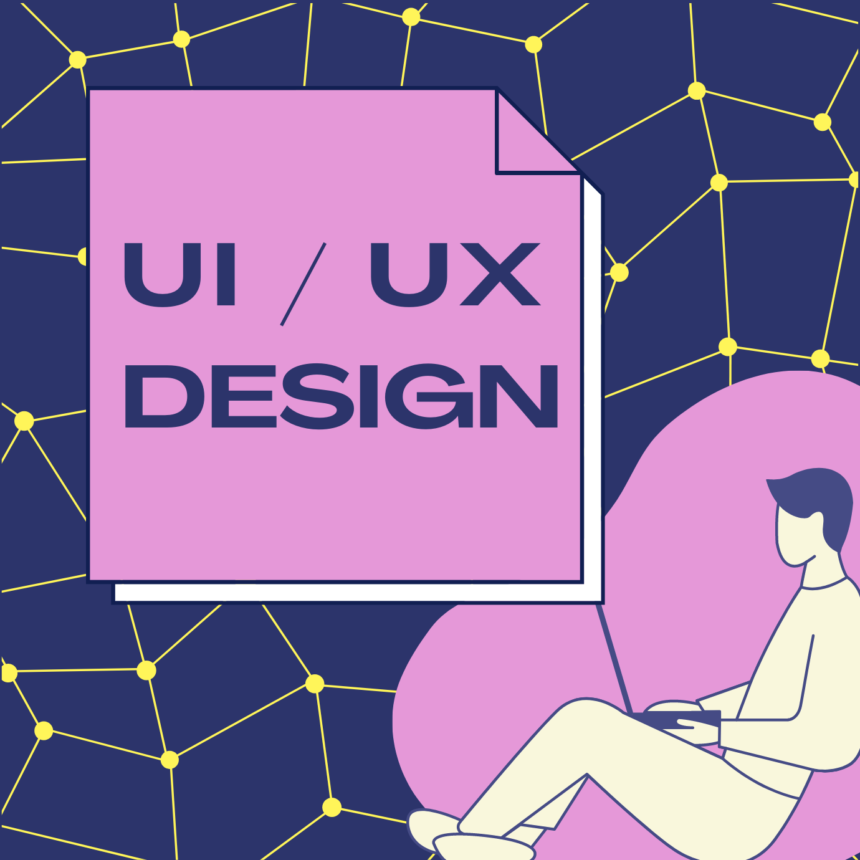User-centered design (UCD) is a design philosophy that prioritizes the needs, preferences, and behaviors of users throughout the entire product development process. By placing users at the heart of UX (User Experience), UCD aims to create digital products and services that are intuitive, enjoyable, and highly usable. Here’s why user-centered design is so powerful:
- Understanding User Needs: UCD starts with comprehensive user research to gain deep insights into the target audience. By understanding users’ goals, pain points, and behaviors, designers can make informed decisions that align with user expectations.
- Empathy and Empowerment: UCD encourages designers to empathize with users and advocate for their needs. This approach empowers designers to make choices that benefit the end-users, leading to more meaningful and relevant experiences.
- Enhanced Usability: When designers focus on users, they can create interfaces that are easy to navigate and interact with. Usability testing and feedback loops further refine the design, resulting in interfaces that are intuitive and efficient.
- Reduced Friction and Errors: By anticipating user needs, UCD can minimize friction points and prevent errors, streamlining the user journey and increasing user satisfaction.
- Increased User Engagement and Retention: When users feel that a product or service meets their needs, they are more likely to engage with it and remain loyal customers over time.
- Iterative Design Process: UCD encourages an iterative design process, where prototypes are tested and refined based on user feedback. This continuous improvement approach ensures that the final product truly meets user expectations.
- Support for Accessibility: By considering a diverse range of users, UCD supports the creation of accessible digital experiences that can be enjoyed by individuals with disabilities.
- Positive Brand Perception: Products and services designed with users in mind create positive impressions and foster trust in the brand, enhancing the overall user perception.
- Innovation and Creativity: UCD doesn’t stifle creativity; instead, it guides it in a direction that is both innovative and user-oriented. It encourages designers to think outside the box while still keeping user needs in focus.
- Alignment with Business Goals: User-centered design aligns business goals with user goals. By providing value to users, businesses can achieve higher customer satisfaction and achieve their own objectives, such as increased conversions and revenue.
In conclusion, user-centered design is a powerful approach that puts users first, resulting in digital products and services that are not only aesthetically pleasing but also highly functional and user-friendly. It fosters a deep understanding of users, leading to design decisions that enhance the overall user experience and contribute to the success of a product or service. By embracing user-centered design, businesses can build long-lasting relationships with their customers and gain a competitive advantage in today’s digital landscape.
